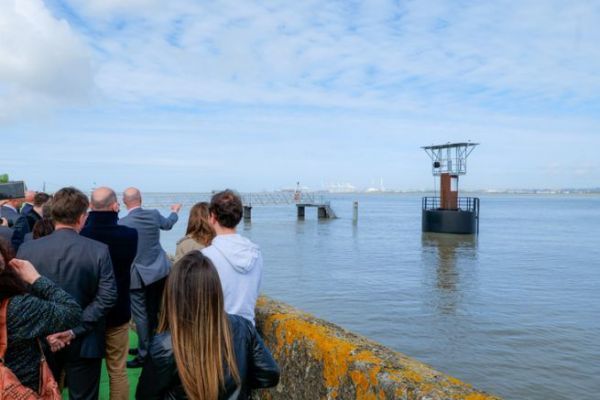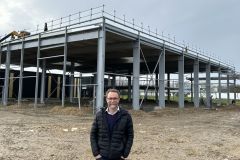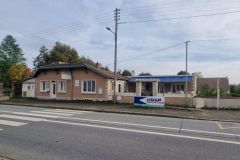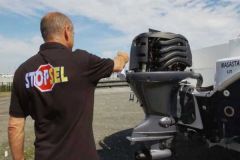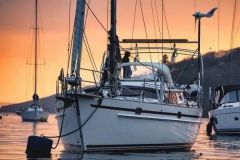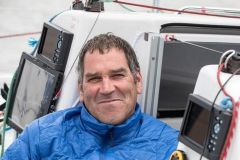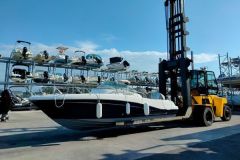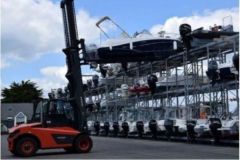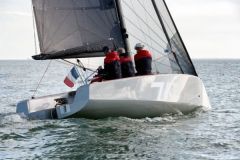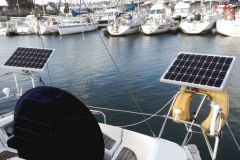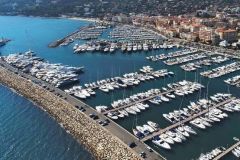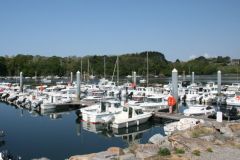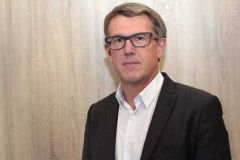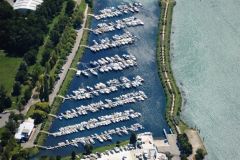Making port infrastructures more intelligent
Specializing in marine engineering, the Caen-based Builders engineering school has been involved in maritime construction for many years. Guillaume Carpentier, the school's Director of International Relations and Engineering, sums up the school's philosophy: "Our aim is to change the way construction works. When we work on infrastructure in a port, we want to make it smarter and less impactful, so that it's as cost-effective as possible. That's how we began to imagine recovering the mechanical work of large ship movements, capturing this energy and reinjecting it into the ship. From there, we were able to adapt it to a pontoon and to the Green River project."
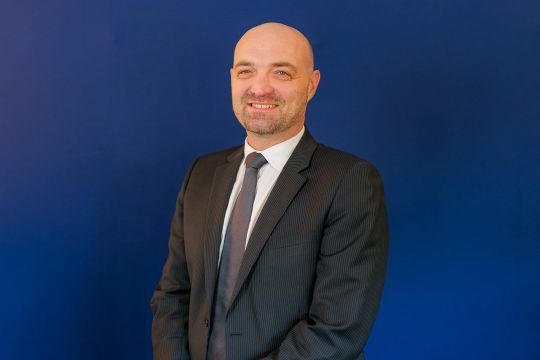
A hub for energy recovery in ports
The Green River collaborative project, which brings together Builders, Haropa Port and the University of Caen Normandie, and is financed by ADEME and the Normandy Region to the tune of ?650,000, i.e. 70% of the overall budget, aims to develop a floating platform that acts as an energy hub in ports. By recovering available energy by all possible means, the platform enables ports to become more autonomous and efficient.
In addition to well-known technologies such as photovoltaic panels, tidal turbines and wind turbines - the latter being optimized through the use of the active lift principle - the Green River project envisages other ways of recovering energy dissipated in the port environment.
The first uses active tensioners. These devices, tested as proof-of-concept on hydraulic systems, convert the residual movements of a ship or pontoon heeled over by waves or wind, into mechanical work, and then into electrical energy.
The second technology is based on deformation cells, developed by Scienteama, a company based in Normandy, which recover energy from wave impacts and waves, using the deformation created, for example, on fenders or quay fenders.
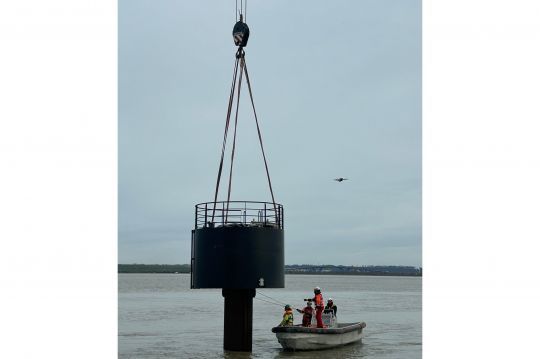
Potentially fast applications
The Green River project demonstrator was launched on a pile-anchored platform off Honfleur harbor in spring 2024. While not all the technologies are yet mature, Guillaume Carpentier sees a rapid application, with some marinas having already approached him: "The piezoelectric technology for deformations still requires some development to be economically viable. Active tensioners, on the other hand, could quickly be installed in marinas on pontoons. We've already been approached. The system is simple and plug and play. It can be installed in half a day."

